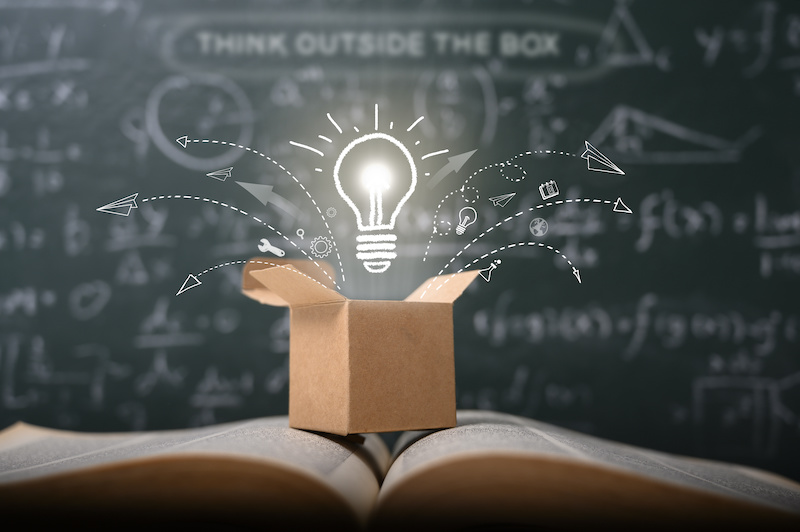
Digital transformation trends in K-12 education sectors
Covid-19 pandemic has tremendously increased the reliance on technology among students and educators alike.
This digital transformation and rise in educational technology have given way to new classroom trends, teaching methods, and student learning.
Here are the latest digitization trends that are significantly being practiced in K-12 education sectors:
Smart Classes
Over the past few years, Chromebooks have taken over the traditional books and iPads as the most reliable medium of learning for K-12 students.
According to a report, out of 8.9 million devices sold to K-12 schools, 4.4 million were Chromebooks. This has also increased the need for ITAM tools to properly track these devices to improve their lifecycle and mitigate security risks.
Now schools can easily discover and track every hardware device on their network to ensure that all devices are working properly and every Chromebook has authorized applications installed on it to provide a seamless learning experience for students.
Incorporating Internet of Things
Adaptation of smart technologies makes the education experience more efficient and inclusive for students. One of the most common IoT applications in K-12 is the use of automated attendance recording.
Just like barcode scanning for IT devices, schools can use the same feature for students and teachers’ attendance by using their biometrics or ID card. Furthermore, some schools enhance their security via lock door sensors and fire alerts etc.
If the school’s ITAM agent has deployed an IoT sensor application to your students’ Chromebook, then they can easily navigate through the topics of interest online to further their learning process.
Personalized Learning
Personalized learning approach has been one of the most significant components of digitalized education system.
By using smart software applications, educators can quickly identify the strengths, weaknesses, interests, skills, and unique needs for every student.
With new tools and technology innovations, you can help students learn at their own pace instead of setting the same standards and timelines for all students.
Some of the most common personalized learning methods include gamification, videos, and flashcards. Your ITAM tool helps you keep track of all these software applications installed on machines and sends you alerts whenever upgradation is required.
Augmented Reality
Although virtual reality was primarily a source of entertainment, its applications have found way into K-12 education as well. Augmented reality gives students a virtually real environment so the students can experience what they are learning in class.
This helps them transition seamlessly on to the real-world applications of what they have studied. Providing students with a virtual experience makes them comfortable and confident and they are better prepared for real-life work environments.
AI and Big Data
K-12 school districts usually collect a lot of data about their students based on their grades, classes, skillsets, learning capabilities, and more.
With the help of AI and Big Data, they can utilize this data to derive meaning information. They can interpret patterns and trends in learning capabilities of students so they can come up with better curriculum in the longer run.
